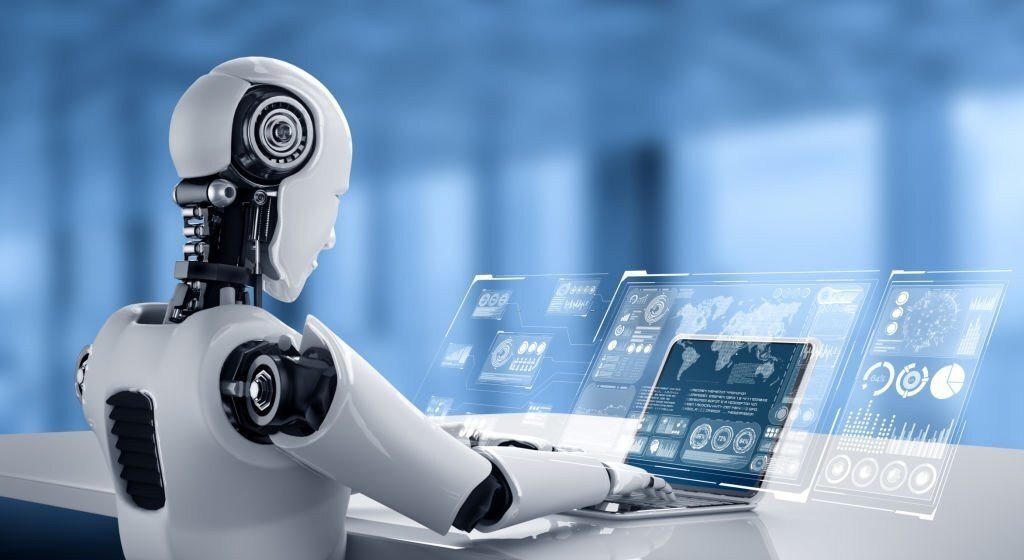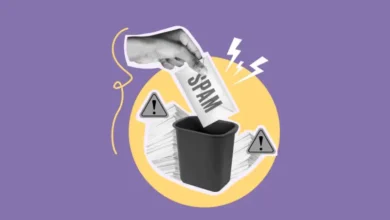Introduction
Robots Dot to Dot Nattapong is the improvement and breakthrough in the robotics technology that will transform many sectors of the society and improve human abilities. In the course of this Robots Dot to Dot Nattapong dictionary, we explore the prospects of everything you need to know about the robot’s background, technology, uses, advantages and disadvantages, new development, future possibilities, and a comparison to other similar robots.
Dot to Dot robots
Thanks to Dot to Dot robots, which are highly accurate and diverse, industries are being transformed by state-of-the-art technology. These robots, with advanced features of sensors and artificial intelligence, perform services including fabrication, medical activities, farming practices, or deliveries. The benefits attributed to their influence comprise improved efficiency in processes, enhancement of safety measures, and reduction of the overall costs. Having faced issues like safety measures and ethical issues that are present with Dot to Dot robots, there is still constant development as they provide new ideas and help redesign the world of work.
Evolution of Robots Dot to Dot Nattapong
By analyzing the Robots Dot to Dot Nattapong journey, one is able to trace back the evolution of robotics and important milestones to the robotics as they are today. From basic automated systems to sophisticated, autonomous machines, it has evolved to offer unparalleled capabilities.
Technical Specifications
With extravagant specs in form of enhanced sensor, actuators and computation Nattapong, Robots Dot to Dot is up and running. Its versatility does not limit it to a specific field, but can be useful in a variety of fields including production and medical. AI and machine learning help to extend its capability and compatibility.
Applications Across Industries
Manufacturing: it is applied in manufacture to perform tasks like assembling, welding and packing in production lines making it easier and eliminating imprecision.
Healthcare:In Health care they help doctors with surgery, patient treatment and admin of drugs and this improves the quality of service delivery and minimizes human error.
Agriculture: In agriculture, It is utilized for planting ,harvesting and monitoring crops whereby the efficiency is increased due to the reduction on human intervention.
Logistics: In retailing, it is employed in supply chain management for order picking, inventory organization, and the use of smart technologies, making the processing of products faster and more efficient.
Benefits of Robots Dot to Dot Nattapong
Increased Efficiency: they help to minimize controls that involve manual functioning that ultimately enhances productivity in the business.
Enhanced Safety: It prevents accidents or risks associated with tasks that could be carried out by human beings, while offering safety in performing those risky tasks.
Cost Savings: This is because it eliminates the number of monotonous operations that can be accomplished by employees and consequently alleviates operational costs and expenses.
Improved Quality:for it produces its products with high precision and accuracy, hence producing only quality goods in the market.
Challenges
Safety Concerns: While self-driving cars are a technological marvel, the biggest issue comes in the area of how they can safely interact with human beings safely on the road, especially when the cars are called to operate in chaotic and unscripted conditions in which there are bound to be random incidents.
Ethical Considerations: It relates to employment as it can displace the need for human employment, privacy as end users may not be comfortable being represented by robots and autonomy as it is a significant development in society and thus appropriate ethical consideration should be employed when using Robots Dot to Dot Nattapong.
Complex Integration: This involves developing new knowledge of the task, embodying it in robots, reconstructing the process, and integrating it into adequate HW and SW, which can take months to years and presupposes competencies in robotization, programming, and reorganization.
Regulatory Hurdles: Navigating regulatory frameworks and standards governing the deployment and operation of it poses challenges, requiring collaboration between policymakers, industry stakeholders, and regulatory bodies to ensure compliance and safety.
Latest Innovations
Advanced Sensor Technology:Some new technology advancements that have helped to update it are increased perception capabilities of the sensor that aid in sensing the environment and interact with it.
Artificial Intelligence Integration: Incorporation of AI technology makes them flexible and capable of modifying themselves or learning as they operate to perform other technical procedures independently.
Cloud Connectivity: Integrating connectivity to the cloud means passing information in real-time and monitoring it across different locations, it means one can centrally manage and control a number of robotic systems.
Human-Robot Collaboration:As this paper has demonstrated, advances in human-robot collaboration technology offer opportunities for enhanced OR and safer, more productive cooperation between robots and human workers in RAC.
Future Prospects
The projection of the field of Robots Dot to Dot Nattapong is optimistic as investment in the area continues to grow it will see continued evolution to increase functionality and innovation. With applications ranging from self-driving cars to social humanoid robots, it has the capabilities to change society into something we cannot imagine as it promises and potentially delivers unmatched productivity and comfort.
Comparative Analysis
Benchmarking helps to identify the key advantages and features of digital technology more accurately by comparing it with other similar techniques. The results also allow for cross-comparison with other robotic systems to identify the complete advantages and disadvantages of its use, which could be valuable when deciding on strategies for its application.
User Guides or Tutorials
Such a product could need advice and directions as to the best way of making the best out of it. It will also be beneficial to produce user manuals or an informative guide that will enable the users to exploit this technology to the optimal best depending on their respective fields of interest so that they can integrate this technology seamlessly and competitively.
Conclusion
Robots Dot to Dot Nattapong signifying present of great advancement in the field of robots which has now become possible to change the entire new horizon of industries and also possible to enhance human efficiency. This understanding is brought about by examining the general development of the technology, general technological specs, where the technology can be employed, its advantages, and the potential limitations. As we continue to witness its evolution and adoption, it holds the promise of a future where robotics plays a central role in shaping our world.
FAQs About Robots Dot to Dot nattapong
Q1. What are They used for?
Ans: They are used for automating various tasks across industries, ranging from manufacturing to healthcare, to improve efficiency and productivity.
Q2. How do it Ensure Safety?
Ans: They ensure safety through advanced sensor technology and built-in safety protocols, which enable them to detect and avoid obstacles in their environment.
Q3. Can They Learn?
Ans: Yes, they can learn from their interactions and experiences through artificial intelligence algorithms, allowing them to adapt to new situations and tasks.
Q4. Do They Replace Human Workers?
Ans: They complement human workers by automating repetitive tasks and handling hazardous operations, ultimately increasing overall productivity and efficiency.
Q5. Is it Cost-Effective?
Ans: Yes, they can lead to cost savings in the long run by reducing labor costs, minimizing errors, and optimizing operational processes across industries.
you may also read: thepizzaedition.co.uk




